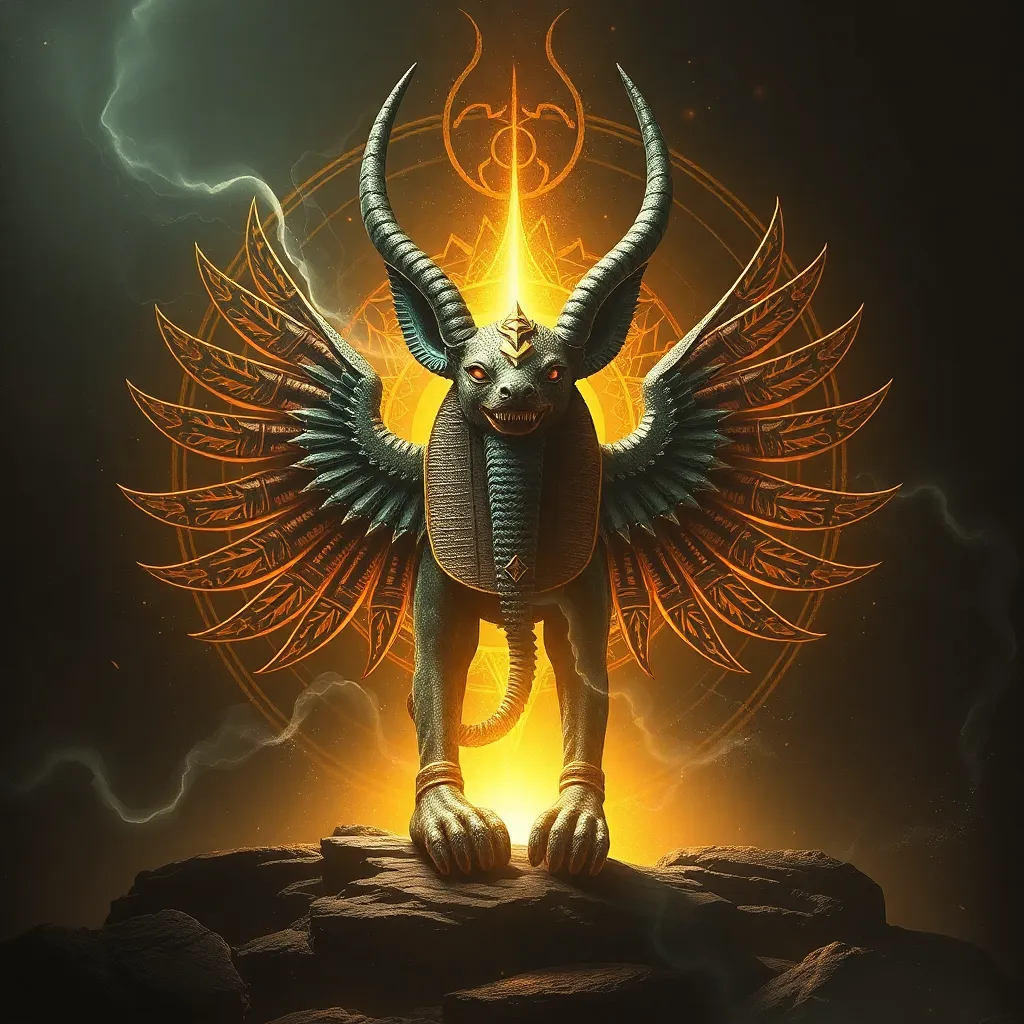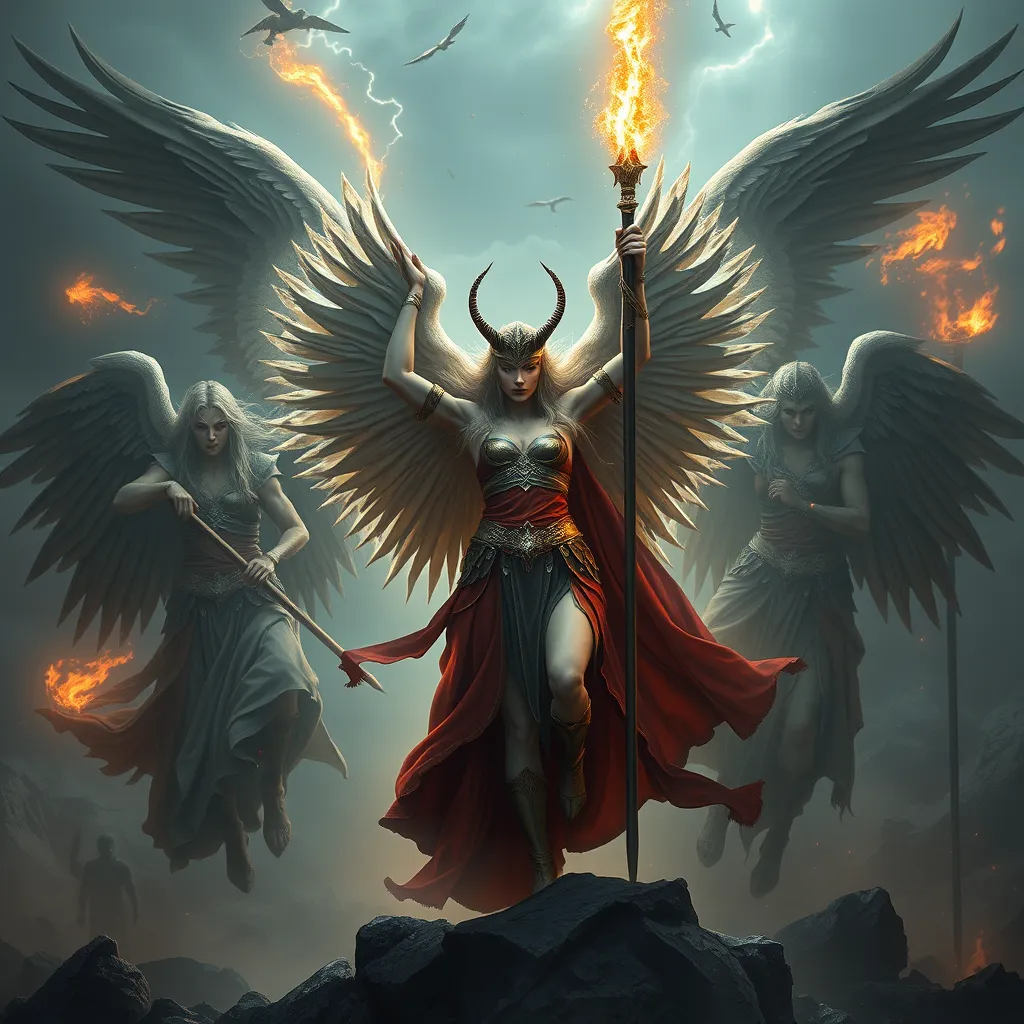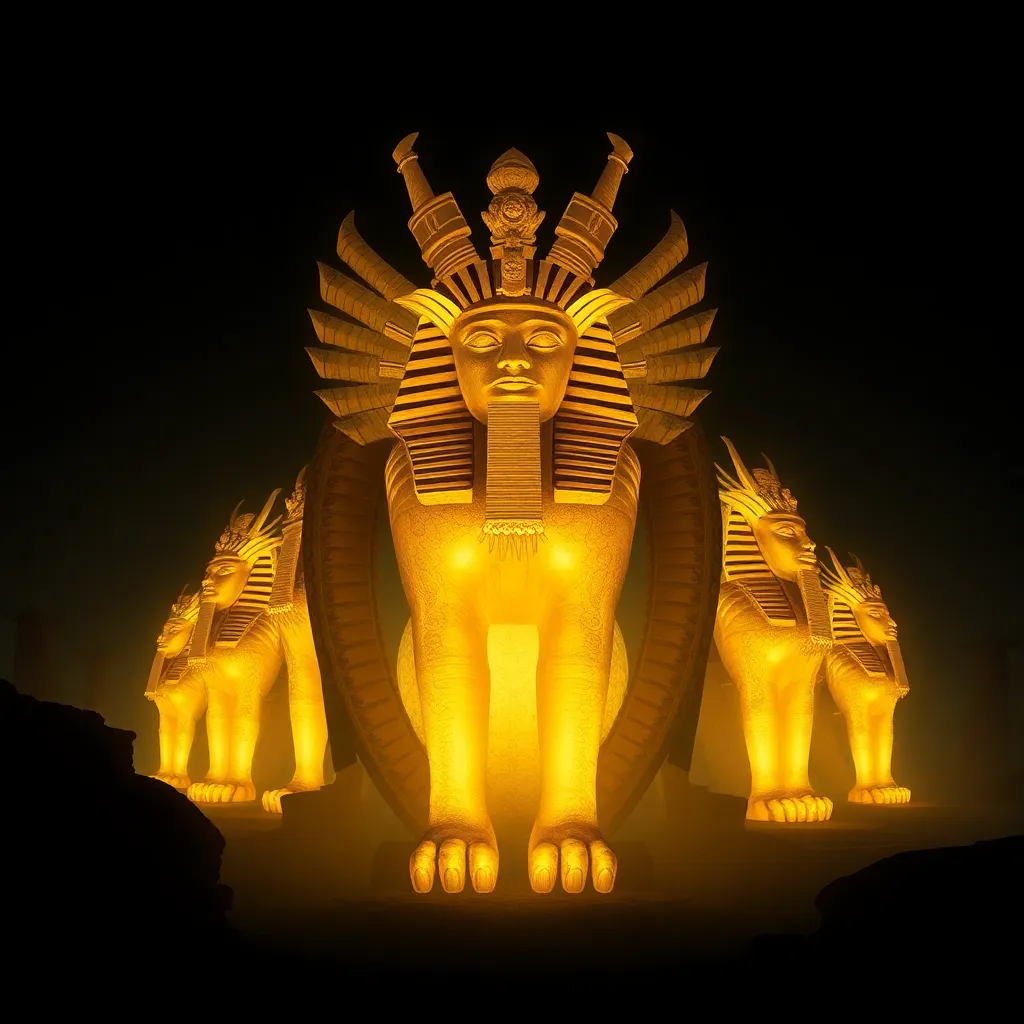The Anubis Myth: A Source of Inspiration and Guidance
I. Introduction
Anubis, a prominent figure in ancient Egyptian mythology, is often recognized as the god of the afterlife, mummification, and funerary rites. With a rich history that spans thousands of years, Anubis embodies both the fears and hopes of the ancient Egyptians regarding death and the afterlife. Myths, such as those surrounding Anubis, serve as a crucial means of cultural storytelling, providing guidance and insight into the values and beliefs of a civilization. This article aims to explore the origins, symbolism, and cultural significance of Anubis, as well as his impact on modern society.
II. The Origins of Anubis
The Anubis myth has its roots in the early periods of Egyptian civilization, with evidence of his worship dating back to the Old Kingdom (around 2686-2181 BCE). Anubis was primarily associated with funerary practices and was believed to oversee the embalming process, ensuring that the deceased would transition successfully to the afterlife.
- Historical Context: Anubis’s worship can be traced back to pre-dynastic times, where he was first depicted as a canine figure, reflecting the ancient Egyptians’ reverence for dogs and their ability to guard the dead.
- Role in Religion: Anubis played a critical role in the ancient Egyptian belief system as the protector of tombs and the guide of souls, ensuring that the deceased were treated with respect and care.
- Symbolism: As the god of mummification, Anubis symbolized the importance of preserving the body for the afterlife, representing life after death and the journey of the soul.
III. Anubis’s Iconography
Anubis is easily recognizable due to his distinct physical characteristics. He is typically depicted with the body of a man and the head of a jackal, a form that has significant symbolic meaning.
- Physical Characteristics: Anubis is often shown wearing a black tunic, a color associated with fertility and rebirth, as well as a ceremonial collar and a long, curled tail.
- Significance of the Jackal Form: The jackal symbolizes protection and the scavenging nature of the animal, which reflects Anubis’s role as a guardian of graves and the dead.
- Artistic Representations: Throughout history, Anubis has been depicted in various forms of art, including sculptures, paintings, and carvings found in tombs and temples, often in scenes related to funerary rites.
IV. Anubis in Mythological Narratives
Anubis appears in several key narratives within Egyptian mythology, showcasing his interactions with other gods and his role in the afterlife.
- Key Stories: One notable story involves Anubis assisting in the resurrection of Osiris, the god of the underworld, demonstrating his integral role in the cycle of life and death.
- Interactions with Deities: Anubis is often depicted working alongside Isis, the goddess of motherhood and magic, as they work together to protect and guide souls.
- Lessons and Morals: The myths involving Anubis highlight themes of loyalty, the importance of honoring the dead, and the belief in an afterlife, providing moral guidance for ancient Egyptians.
V. Anubis as a Guide in the Afterlife
One of Anubis’s most significant roles is as a guide in the afterlife, where he oversees the judgment of souls.
- Judgment of Souls: Anubis is depicted as leading the deceased to the Hall of Judgment, where their hearts are weighed against the feather of Ma’at, the goddess of truth.
- Weighing of the Heart Ceremony: This ceremony is crucial in determining the fate of the soul; if the heart is lighter than the feather, the individual is granted access to the afterlife. If not, the soul faces dire consequences.
- Contemporary Influence: Anubis’s role in the afterlife continues to influence modern beliefs about death, morality, and what lies beyond, prompting reflection and respect for the deceased.
VI. Anubis in Modern Culture
In recent years, Anubis has made a significant impact on contemporary culture, appearing in various forms of media and spirituality.
- Depictions in Literature and Film: Anubis is featured in numerous books, movies, and television shows, often symbolizing death, mystery, and the afterlife, captivating audiences with ancient lore.
- Resurgence of Interest: There has been a growing fascination with Egyptian mythology in modern times, leading to increased interest in Anubis as a cultural icon.
- Contemporary Spirituality: Anubis is often viewed as a powerful symbol of guidance and protection, inspiring individuals in their spiritual journeys and practices.
VII. The Psychological and Philosophical Insights from Anubis
Beyond mythology, Anubis offers valuable psychological and philosophical insights that can inspire personal growth and reflection.
- Metaphorical Significance: Anubis represents the journey of self-discovery and the importance of confronting one’s fears, particularly surrounding mortality and legacy.
- Themes of Transformation: The myth of Anubis embodies themes of transformation and renewal, reminding individuals that death is not an end but a transition to a different state of existence.
- Inspiration for Modern Life: The lessons derived from Anubis’s myth can encourage individuals to embrace their mortality, make meaningful choices, and focus on the legacy they wish to leave behind.
VIII. Conclusion
In summary, Anubis remains an enduring figure in mythology, symbolizing the complexities of life, death, and the afterlife. His legacy continues to inspire and guide individuals in both ancient and modern contexts. The importance of mythological figures like Anubis lies in their ability to offer profound insights and lessons that resonate with the human experience. As we explore these ancient stories, we uncover valuable guidance that can help us navigate our own life journeys, encouraging us to reflect on our beliefs and the legacies we wish to create.



